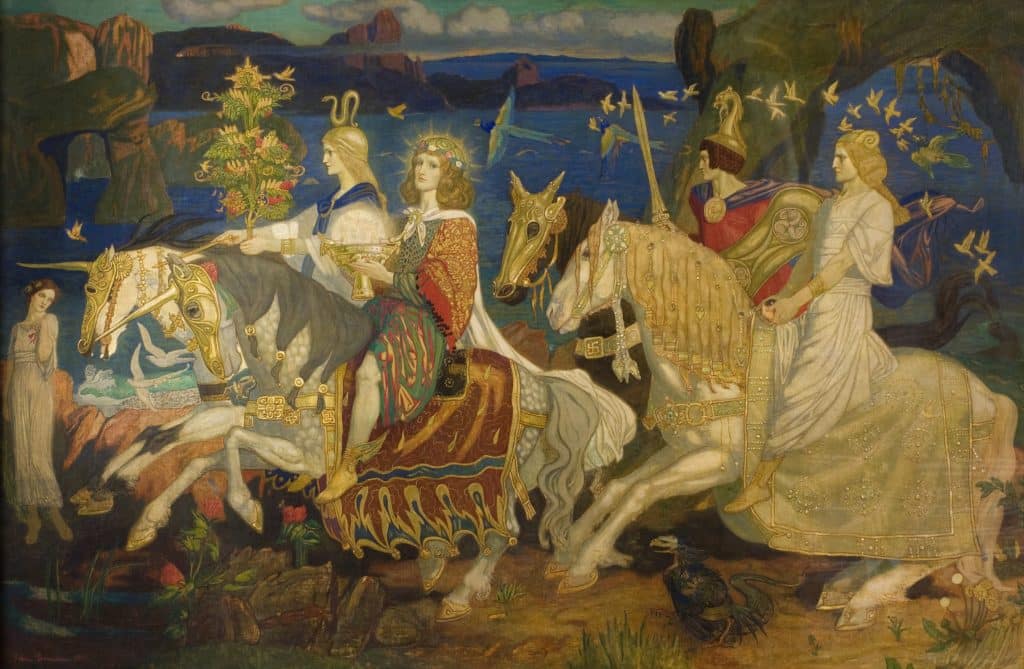
Why Everyone Should Believe in Fairies (Part Two)
Christianity and Fairy Creatures
Second in a Four-Part Series:
I. Human History
II. Christian History
III. Our Places
IV. Our Classrooms
Interwoven with the four historical claims that I enumerated in Part One about secular modernity is the story of Christianity in relation to the world of fairies. Many have accused Christianity of being the primary catalyst for our loss of belief and vision in any living worlds that overlap our own, and this accusation certainly has some truth to it. However, the Christian faith has had a host of different attitudes with regard to fairies, and this story is anything but simple. The world-renowned Christian teacher, Origen of Alexandria, clearly wrote (around 248) that the fairies and various nature spirits of paganism were both real and good:
We indeed also maintain with regard not only to the fruits of the earth, but to every flowing stream and every breath of air that the ground brings forth those things which are said to grow up naturally — that the water springs in fountains, and refreshes the earth with running streams — that the air is kept pure, and supports the life of those who breathe it, only in consequence of the agency and control of certain beings whom we may call invisible husbandmen and guardians; but we deny that those invisible agents are demons.
Origen goes on to say in this same passage that evil powers are also mixed up with the benevolent spirits of creation:
And if we might speak boldly, we would say that if demons have any share at all in these things, to them belong famine, blasting of the vine and fruit trees, pestilence among men and beasts: all these are the proper occupations of demons. (1)
Origen clearly understands there to be a wide variety of creatures at work in creation as “invisible husbandmen and guardians.” However, writing in the same region less than a century later (about 335), Athanasius of Alexandria gives an exclusively negative assessment of these same creatures:
Demons used to deceive men’s minds by taking up their abode in springs or rivers or trees or stones and imposing upon simple people by their frauds. But now, since the divine appearing of the Word, all this fantasy has ceased, for by the sign of the cross, if a man will but use it, he drives out their deceits. (2)
Again, just over a century later, we get a more mixed account from Jerome in the Life of Paul the Hermit (374 or 375). Jerome describes how Saint Anthony was on a journey in the desert to find Saint Paul the Hermit (of Thebes), and he describes Anthony meeting a centaur whom Anthony then asks for directions. After struggling for a moment to speak clearly “through his bristling lips,” the centaur “finds a friendly mode of communication” and gives Anthony helpful direction. This creature then disappears across the plain. Jerome speculates a little evasively in conclusion: “whether the devil took this shape to terrify him, or whether it be that the desert which is known to abound in monstrous animals engenders that kind of creature also, we cannot decide.”
However, in the very next passage, Jerome takes a clear and definite position supporting the reality of satyrs when he describes another meeting that Anthony has along the way. This second creature says:
I am a mortal being and one of those inhabitants of the desert whom the Gentiles, deluded by various forms of error, worship under the names of Fauns, Satyrs, and Incubi. I am sent to represent my tribe. We pray you in our behalf to entreat the favor of your Lord and ours, who, we have learnt, came once to save the world, and ‘whose sound has gone forth into all the earth.
Hearing this confession of faith from a faun, Anthony’s “cheeks streamed with tears, the marks of his deep feeling, which he shed in the fullness of his joy,” and he called out in prayer that humans might follow this example, forsaking their pagan pasts and joining in the worship of the true God. At this the faun, apparently satisfied by the saint’s response, disappears into the wilderness “as if on wings.”
This time, instead of a noncommittal statement about the reality of this creature, Jerome assure his readers at some length that Anthony’s encounter with this repentant faun should be understood in the most matter-of-fact way:
Let no one scruple to believe this incident; its truth is supported by what took place when Constantine was on the throne, a matter of which the whole world was witness. For a man of that kind was brought alive to Alexandria and shown as a wonderful sight to the people. Afterwards his lifeless body, to prevent its decay through the summer heat, was preserved in salt and brought to Antioch that the Emperor might see it.
While Jerome is heavy-handed and sensational in this conclusion, there is no question about his own belief in such creatures and of his desire to convince his reader. While some Christians used pagan beliefs in fabulous creatures as grist for the mill in their ongoing polemic against paganism, many very well-educated Christian teachers took seriously the existence of such creatures and considered either that they might be good agents of God or that they might repent and enter into the kingdom of Jesus Christ.
This Christian tendency to embrace and Christianize the fairy world was even more prominently and positively expressed within the Celtic Christian tradition and the Christianity of the British Isles more generally. Most famously, we have the declaration attributed to the sixth-century saint, Columba of Iona: “My Druid is Christ, the Son of God.” This is from a poem attributed to Columba in The Yellow Book of Lecan, a composite Middle Irish manuscript written between 1391 and 1401. This declaration comes in the context of the Battle of Cúl Drebne (561) in which Columba had to overcome a “druidic mist” created by the druid of King Diarmaid of Tara to confuse the king’s opponents. (3)
It makes sense, then, that Richard Beck would see “the blending of Christian and druidic influences” in this Celtic Litany of the Creation. (4) This is a prayer for use in church services and makes reference to the Eucharist, as does the more well-known Eucharistic litany called the “Broom of Devotion.” These prayers for use in liturgical services sweep up everything in heaven and earth and place it all in relation to Jesus Christ as the life of God manifested in all of creation:
I beseech the people of heaven with bright-armed Michael; I beseech you by the triad of wind, sun, and moon.
I beseech you by water and the cruel air; I beseech you by fire, I beseech you by earth.
I beseech you by the threesome of the vaulted and fiery zone, I beseech you by the two temperate zones, I beseech you by the two frozen zones.
I beseech you by the compass of the harmonious firmament; I beseech every order dignified in its divisions, the host of the bright stars.
. . .I beseech all mysteries, I beseech the glories of Michael.
I beseech you by every living creature that ever knew death and life; I beseech you by every inanimate creature because of your fair and lovely mystery.
I beseech you by your love, deeper than the ocean; I beseech your very self, O King of the fierce sun.
. . .Every angel, every song, every creature under your power, every saint of fair color, by them I beseech you, O Father. I beseech you.
I beseech you by time with its clear divisions, I beseech you by darkness, I beseech you by light.
I beseech all the elements in heaven and earth that the eternal sweetness may be granted to my soul.
Your infinite pity, your power over battles, your gentleness to your debtors, O beloved and swift King.
To help me out of every conflict, by them I beseech you, O Father. I beseech you. (5)
Seeing all of creation as living and mysterious and involved in the life of God, it is no surprise that these Christians loved stories like the one in which St. Comhgall of Bangor baptized a mermaid, who then became a saint with her own feast day (listed as January 27 in the 8th or 9th century Irish martyrology Félire Óengusso). The date of this mermaid’s capture is given as the year 558 (The Annals of the Kingdom of Ireland) or 571 (Annals of Ulster) or 565 (Chronicon Scotorum). However, the various popular stories about the mermaid Lí Ban and Saint Muirgein were not brought together most fully until the late 11th or early 12th century within the Aided Echach meic Maireda (“The death of Eochu mac Maireda”).
In another example, we have the life of a late 9th century Bishop Caenchomrac who is said to have spent many hours over multiple years visiting a monastery established by some Christian fairies at the bottom of a local lake. When he disappeared at the end of his life, saddened by the lack of piety in his own monastery, it was never known whether angels took him up to heaven or if he went permanently to live in the fairy monastery where the Christian devotion was more complete. This account of his life (taken from local traditions passed down orally) is called the “Disappearance of Caenchomrac” and is found in five manuscript versions (the earliest being 15th century). It was first printed in 1892 (within Silva Gadelica, edited and translated by Standish Hayes O’Grady). According to the Four Masters, Caenchomrac died in 898. (6)
Origin stories are another important aspect of the relationship between Christianity and fairies. Many consider the pre-Christian origin stories to involve the gods (Tuatha Dé Danann, “the folk of the goddess Danu”) and how these gods underwent a diminishment of their power and stature so that they became fairy folk. Christian origin stories tend to fall into two categories: either fairies are a kind of mid-level angelic being, or they have human origins. Many of the stories with angelic origins reference material from Genesis and the later Enoch literature, in which the Archangel Michael advocates on behalf of some angels who have been banished to hell and wins for them the option of inhabiting hidden places upon the earth. In the various accounts in which fairy folk have human origins, they are sometimes said to be the spirits of those killed during the flood in Noah’s day. Other accounts (of several varieties) make the fairies into the lost children of Eve. In one version, Eve has hidden some of her children with her as God comes to look for her, and she is too ashamed to reveal all of her children so that some of them become hidden forever. In other accounts, the fairies are the souls of the children killed at Bethlehem by Herod’s order, or the souls of other innocents lost before birth or during birth and before being baptized. (7)
C.S. Lewis gives four possibilities regarding the classification of fairies:
- a third rational species distinct from angels and men
- a special class of angels
- some special class of the dead
- fallen angels; in other words, devils
However, in the same work, Lewis does not declare any of these options to be definitive. Instead, he considers this lack of a clear place or category for fairies to be one of the main gifts offered to us by them and their world:
They are perhaps the only creatures to whom the [medieval Christian] Model does not assign, as it were, an official status. Herein lies their imaginative value. They soften the classic severity of the huge design. They intrude a welcome hint of wildness and uncertainty into a universe that is in danger of being a little too self-explanatory, too luminous.
Lewis also notes the complexity of the Christain relationship to the realm of fairy by pointing out that “within the same island and the same century Spenser could compliment Elizabeth I by identifying her with the Faerie Queene and a woman could be burned at Edinburgh in 1576 for ‘repairing with’ the fairies and the ‘Queen of Elfame.’” (8)
Although there was certainly a fear of fairies rampant in much of the church during the Reformation era, there are clear examples of positive attitudes toward fairies surviving even long into the Reformed and Protestant periods in Scotland. Mentioned above once already, the Rev. Robert Kirk (1644-1692) was a Presbyterian minister and bold defender of Gaelic-speaking Christians who believed in fairies long after the Enlightenment and Reformation had made this unacceptable both theologically and intellectually. A scholar trained at St. Andrews and Edinburgh, Kirk authored the first complete metrical psalter in Gaelic in 1684, oversaw the first printing of a Gaelic Bible in 1690 (along with a glossary of 464 words that became the basis of many future Gaelic dictionaries) and finally his remarkable treatise The Secret Commonwealth of Elves, Fauns, and Fairies in 1691. This remarkable book gathers together all that Kirk had learned (largely first-hand from his own parishioners) regarding these creatures of the fairy realm and presents this information in the format of a natural history study:
These Siths, or Fairies, they call Sleagh Maith . . .are said to be of a middle Nature betwixt Man and Angel, as were Dæmons thought to be of old; of intelligent fluidious Spirits, and light changeable Bodies, (like those called Astral,) somewhat of the Nature of a condensed Cloud, and best seen in Twilight.
While Kirk clearly details the capricious and dangerous aspects of fairies within his account, in an even later work from Scotland, we have evidence of fairies being seen in a very positive light. In the songs and stories collected by Alexander Carmichael from the Gaelic-speaking regions of Scotland between 1860 and 1909 and published as Carmina Gadelica, we have two examples of the “fairy bower” being conflated with paradise or heaven. One prayer for peace speaks of the desire to be with Jesus Christ in the dwelling of peace, the paradise of gentleness, “and in the fairy bower of mercy.” A second prayer asks for the “peace of fairy bowers.” This “fairy bower” seems to mean the normal dwelling place of the fairies. For example, one story refers to “the fairy bower beneath the knoll.” (9)
Although the Rev. Robert Kirk and these later Gaelic prayers would be exceptions among Reformed and Protestant Christians with regard to fairies, John Calvin himself has a passage that is remarkably close to the one from Origen cited above:
All creatures are animated by angelic motion: not that there is a conversion of the angel into an ox or a man, but because God exerts and diffuses his energy in a secret manner, so that no creature is content with his own peculiar vigor, but is animated by angels themselves. (10)
Among more recent Christians, C.S. Lewis advocates most famously for the world of fairies. He does this in many places but probably most systematically with his lecture on the “The Longaevi” (quoted above once already) from his course on medieval literature which is published as chapter VI in The Discarded Image. Lewis chose the name longaevi (“long-livers”) instead of fairies because popular literature and Walt Disney had so thoroughly destroyed the name fairy. He warns us not “to bring to the subject some ready-made, modern concept of a Fairy” but insists that “we must go to the texts with an open mind and learn from them what the word fairy meant to our ancestors.” While many other examples could be given from the writings of Lewis, Prince Caspian is another book worth mentioning — the entire story revolves around the reenchantment of Narnia after all of the trees had fallen asleep and the few talking animals and magic creatures left alive had all retreated deep into hiding, following generations of rule by “Enlightened” men who did not believe in foolish superstitions.
It is doubtful that Lewis thought such a reenchantment was possible for the modern world, but he clearly would have celebrated it:
When grave persons express their fear that England is relapsing into Paganism, I am tempted to reply, “Would that she were.” For I do not think it at all likely that we shall ever see Parliament opened by the slaughtering of a garlanded white bull in the House of Lords or Cabinet Ministers leaving sandwiches in Hyde Park as an offering for the Dryads. If such a state of affairs came about, then the Christian apologist would have something to work on. (11)
Many other more recent Christian authors could be sighted as well (not least among them G.K. Chesterton and George MacDonland), but J.R.R. Tolkien stands out as a particularly devout Roman Catholic who dedicated much of his life’s work to this lore. While Tolkien was circumspect regarding any of his own believes in fairies, there is some indication, within a manuscript published after his death, that he took fairies to be quite real:
If Fairies really exist—independently of Men—then very few of our ‘Fairy-stories’ have any relation to them: as little, or less than our ghost-stories have to the real events that may befall human personality (or form) after death. If Fairies exist they are bound by the Moral Law as is all the created Universe; but their duties and functions are not ours. They are not spirits of the dead, nor a branch of the human race, nor devils in fair shapes whose chief object is our deception and ruin. . . .They are a quite separate creation living in another mode. They appear to us in human form (with hands, faces, voices and language similar to our own): this may be their real form and their difference reside in something other than form, or it may be (probably is) only the way in which their presence affects us. Rabbits and eagles may be aware of them quite otherwise. For lack of a better word they may be called spirits, daemons: inherent powers of the created world, deriving more directly and ‘earlier’ (in terrestrial history) from the creating will of God, but nonetheless created, subject to Moral Law, capable of good and evil, and possibly (in this fallen world) actually sometimes evil. They are in fact non-incarnate minds (or souls) of a stature and even nature more near to that of Man (in some cases possibly less, in many maybe greater) than any other rational creatures, known or guessed by us. They can take form at will, or they could do so: they have or had a choice.
Thus a tree-fairy (or a dryad) is, or was, a minor spirit in the process of creation who aided as ‘agent’ in the making effective of the divine Tree-idea or some part of it, or of even of some one particular example: some tree. He is therefore now bound by use and love to Trees (or a tree), immortal while the world (and trees) last—never to escape, until the End. It is a dreadful Doom (to human minds if they are wise) in exchange for a splendid power. What fate awaits him beyond the Confines of the World, we cannot know. It is likely that the Fairy does not know himself. It is possible that nothing awaits him—outside the World and the Cycle of Story and of Time. (12)
Finally, I’ll note three living Christian authors who have defended the existence of fairies at some length. David Bentley Hart has already been quoted regarding the reality of mermaids. He has many other essays (posted online) related to fairies as well as extensive commentary regarding this topic within his book Roland in Moonlight. Hart’s passion on this question is extraordinary, and he clearly considers belief in fairies to be an essential element of any resistance to secular modernity and its mechanistic diminishment of our cosmos to a lifeless and unreal mirage of meaningless matter in motion or of human life to nothing but the rational pursuit of our own autonomous self-interests. The existence of fairies is not a negotiable question for Hart, and he made the following quip in a 2021 online interview:
It’s something worth devoting yourself to: …militantly resisting any suggestion that Christians have any business not believing in fairies. To be honest, I’m afraid that, right now, belief in fairies has got to be part of orthodoxy. It’s got to go right in the creed, right after “the life of the world to come” with “and in the meantime, aren’t fairies wonderful.”
Two other living Christian authors who have written on this topic are John Milbank and Stephen R.L. Clark. (13) There are also many authors from other faiths as well who have written on this topic. For example, Henry Corbin’s essay “Mundus Imaginalis or the Imaginary and the Imaginal” provides helpful material from the Islamic tradition; and much is available from a Jugian perspective as well.
Related Courses:
Awakening the Moral Imagination with Vigen Gurioan
Myth Made Fact with Louis Markos
Notes:
- Contra Celsum 8.31.
- De Incarnatione 8.47.
- See “‘My druid is Christ.’ The development and transformation of a tradition relating to St. Columba of Iona” by Alexandra Bergholm in North American Journal of Celtic Studies, 3.2, pp. 171-191, Ohio State UP, 2019.
- From Hunting Magic Eels: Recovering an Enchanted Faith in a Skeptical Age.
- From Celtic Spirituality: Classics of Western Spirituality by Oliver Davies (with Thomas O’ Loughlin) as well as “Texts and Transmissions of the Scúap Chrábaid: An Old-Irish Litany in its Manuscript Context” by Tomás O’Sullivan (Studia Celtica Fennica, No. VII, 2010).
- From “‘The Psalter of the Pig,’ an Irish Legend” by Tom Peete Cross in Modern Philology, 18.8, 1920, for details about this story and its five manuscript versions.
- See: Carmichael, Carmina Gadelica, vol.2, 327; Drever, The Lure of the Kelpie, 1937; Keightley, pages 385-6; Evans Wentz Fairy Faith pp.172, 179 & 183, 147 & 148; and Shaw, History of the Province of Moray, 1775; and Meeting the Other Crowd: The Fairy Stories of Hidden Ireland by Eddie Lenihan and Carolyn Eve Green (2004).
- From chapter VI in The Discarded Image, entitled “The Longaevi.”
- From vol.3, 177; vol.3, 269; and vol.2. 286 respectively as compiled by John Kruse.
- From Calvin’s Commentary on Ezekiel (volume 1, addressing Ezekiel 10:17).
- “Is Theism Important? A Reply” from the Socratic Digest, 1952.
- From “Manuscript B” that was published posthumously in Tolkien on Fairy-stories (ed. Verlyn Flieger & Douglas A. Anderson, pp. 254-5).
- John Milbank, “Stanton Lecture 8: The Surprise of the Imagined” from the 2021 Stanton Lectures at Cambridge (available online). Stephen R.L. Clark, “Why We Believe in Fairies,” First Things; and “How to Believe in Fairies” (from Inquiry: An Interdisciplinary Journal of Philosophy 30.4:337-355, 1987).
Jesse Hake serves K to 12 educators and parents at ClassicalU.com as the director. Before that, he served for seven years at Logos Academy in York, PA as academic dean and principal. He and his wife, Elizabeth, have three children, Nessa, Tobias and Tabitha. Jesse has taught college courses in history, philosophy, and ethics as well as upper-school history, literature, and rhetoric. He grew up in Taiwan as the oldest of nine children. He has a BA from Geneva College in history as well as an MLitt in history from the University of St Andrews in Scotland.


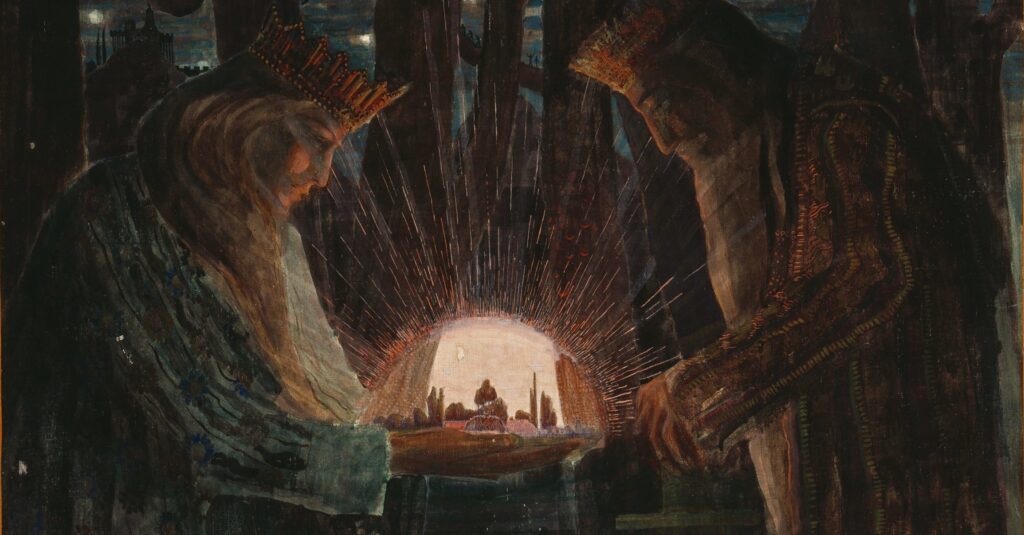
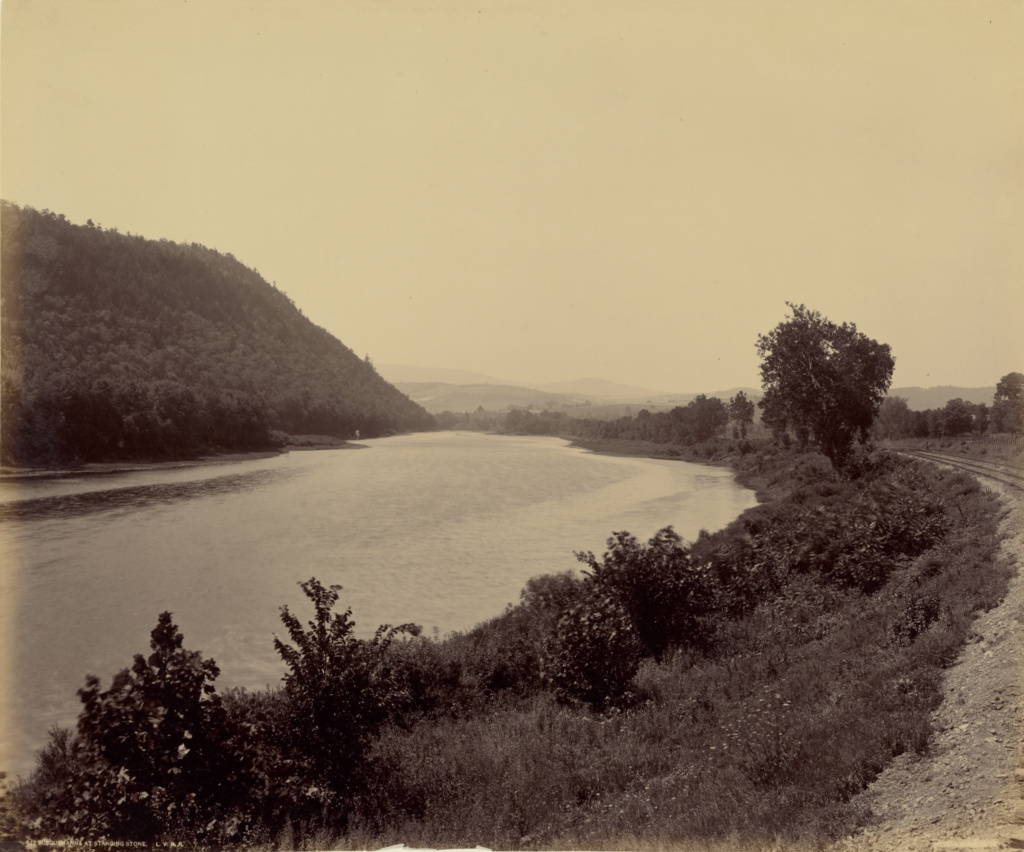
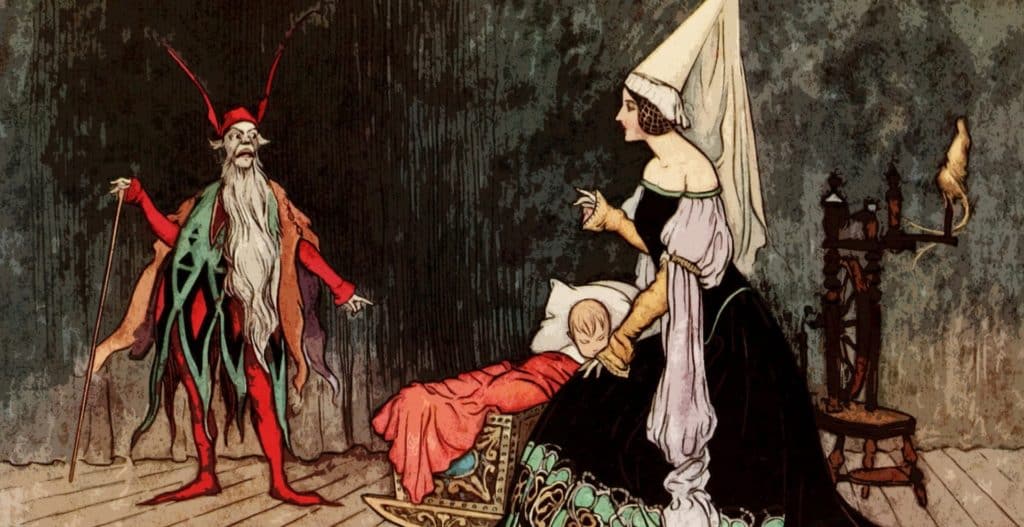
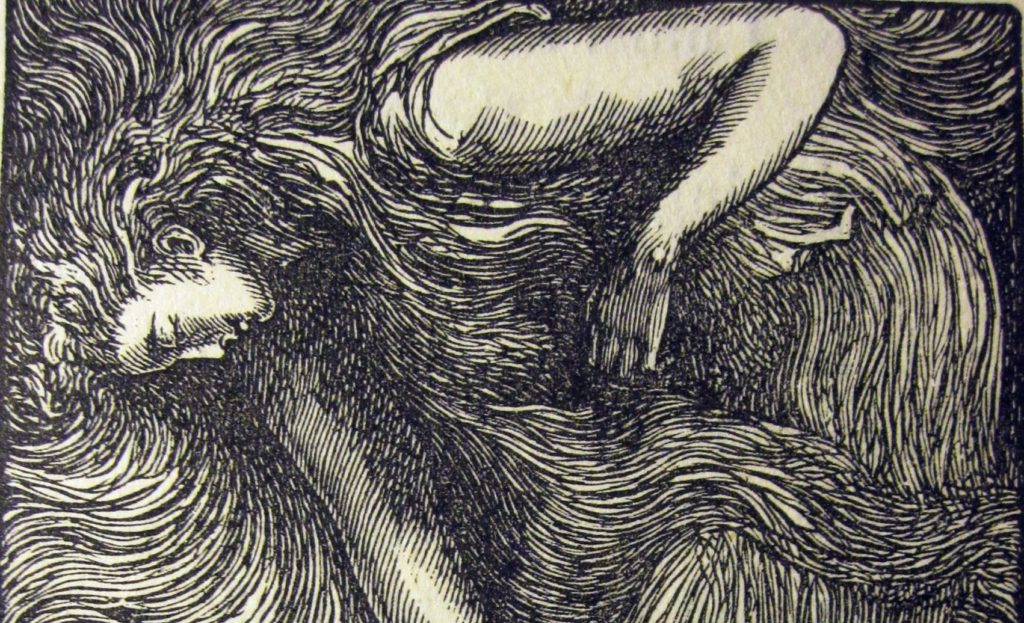
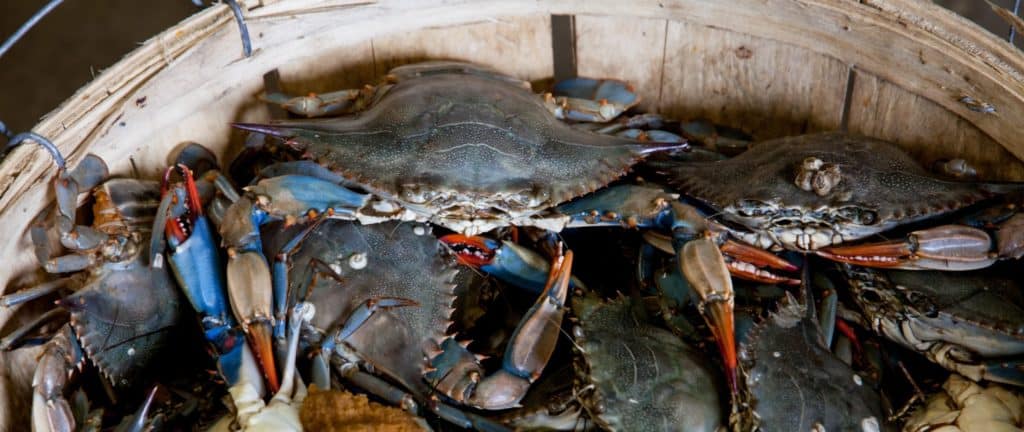

Responses